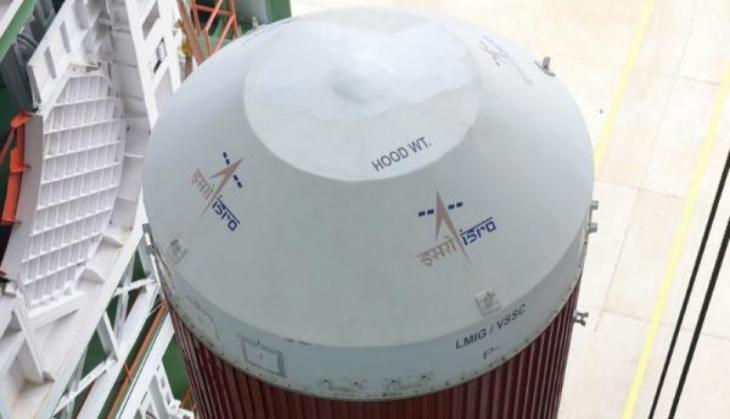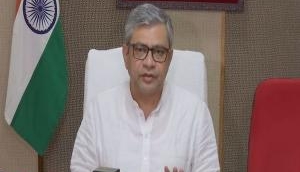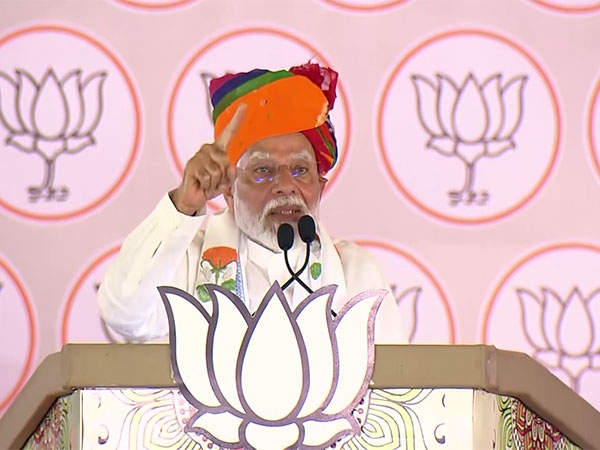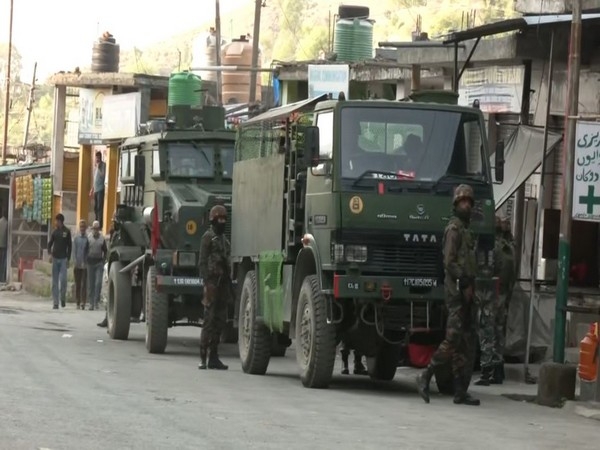
The launch of India's latest communication satellite GSAT-18 in the wee hours tomorrow, onboard Arianespace rocket, from Kourou in French Guiana has been deferred by a day due to heavy cross winds, Indian Space Research Organisation said.
"The launch has been postponed by one day due to heavy cross winds," a senior ISRO official said late tonight.
It will now be launched at 2 am (IST) on 6 October.
Arianespace launch vehicle Ariane-5 VA-231, carrying GSAT-18 along with co-passenger Sky Muster II for the Australian operator nbn (National Broadband Network) was scheduled for launch at 2 am (IST) tomorrow.
"Due to high altitude winds, decision to postpone #VA231. Tomorrow's forecast is green. Launch window now set to open on Oct 5 at 20:30 UTC," Arianespace CEO St phane Isra l tweeted.
Arianespace on its website said due to "unfavorable weather conditions" currently observed over the Guiana Space Center in Kourou, Arianespace has decided to delay the launch by 24 hours.
The launch has been scheduled now between 02.00 am and 03.15 am India time on 6 October, it said, adding "The launcher, with its Sky Muster II and GSAT-18 satellite payloads, remains in a safe standby condition."
GSAT-18 is designed to provide continuity of services on operational satellites in C-band, Extended C-band and Ku-bands.
Weighing 3,404 kg at lift-off, the satellite carries 48 communication transponders to provide services in Normal C-band, Upper Extended C-band and Ku-bands of the frequency spectrum. It also carries Ku-band beacon to help in accurately pointing ground antennas towards the satellite.
GSAT-18 will be launched into a Geosynchronous Transfer Orbit.
GSAT-18's co-passenger Sky Muster II, built by SSL (Space Systems Loral) in Palo Alto, California, is aimed at bridging the digital divide, especially in the rural and isolated regions of Australia.
-PTI







![BJP's Kapil Mishra recreates Shankar Mahadevan’s ‘Breathless’ song to highlight Delhi pollution [WATCH] BJP's Kapil Mishra recreates Shankar Mahadevan’s ‘Breathless’ song to highlight Delhi pollution [WATCH]](http://images.catchnews.com/upload/2022/11/03/kapil-mishra_240884_300x172.png)

![Anupam Kher shares pictures of his toned body on 67th birthday [MUST SEE] Anupam Kher shares pictures of his toned body on 67th birthday [MUST SEE]](http://images.catchnews.com/upload/2022/03/07/Anupam_kher_231145_300x172.jpg)






